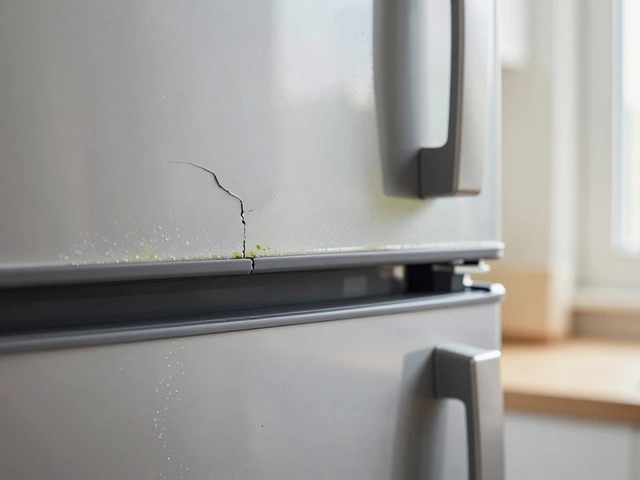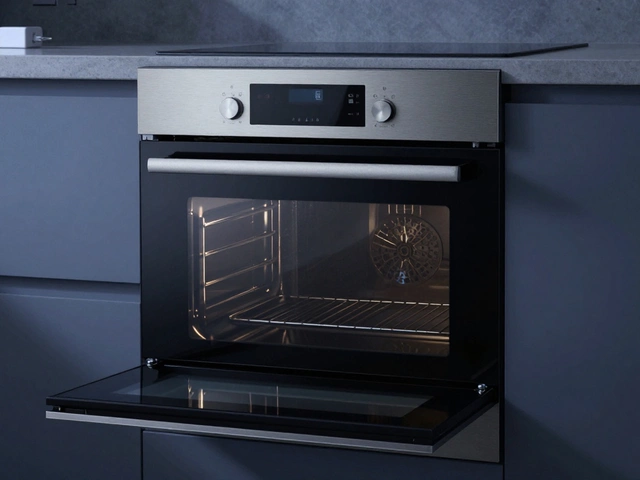Heating Element Problem – Causes, Diagnosis & Solutions
When dealing with Heating element problem, a fault in the component that converts electricity into heat inside an appliance. Also known as heater element failure, it can leave your oven cold, your stove silent, or your dryer refusing to dry. Heating element problem usually means the element has burned out, cracked, or become loose, and it often shows up as a complete loss of heat or uneven heating. This issue directly impacts the appliance’s performance and can increase energy use because the device works harder to reach the set temperature.
How to Spot a Faulty Heating Element
Most homeowners first notice the problem when an electric oven, a kitchen appliance that relies on a heating element to bake or broil food refuses to heat. The same symptom appears in an electric stove, a cooking surface that uses individual heating elements for each burner that stays cool even though the controls are set high. In both cases, you’ll often hear a faint click as the thermostat tries to engage, but no heat follows. Other clues include a burnt smell, visible damage on the element, or error codes on modern digital panels. Because a heating element is a single point of failure, diagnosing it is usually straightforward: unplug the appliance, locate the element, and check for continuity with a multimeter. If the meter shows no resistance, the element is broken and needs replacement.
Deciding whether to replace the part yourself or call a pro falls under appliance repair, the service of fixing or maintaining household devices to restore proper function. Simple swaps—like swapping out a coil on a stove or unsecuring a burned‑out oven element—can be done with basic tools and a safety‑first mindset. However, if the appliance is under warranty, if you’re unsure about handling high‑voltage components, or if the problem recurs after a DIY fix, it’s wiser to let a certified technician handle the job. Professional repair not only ensures the new element is installed correctly but also checks related components such as thermostats, fuses, and wiring, which often fail alongside the heating element.
In short, a heating element problem is a common hiccup that can affect many kitchen and laundry appliances. By understanding that the element is the heart of heat generation, knowing the signs of failure, and using a multimeter to test continuity, you can quickly decide whether a DIY swap or a professional visit is the best route. Below you’ll find a curated collection of articles that break down specific oven and stove scenarios, give step‑by‑step troubleshooting tips, and explain when it’s time to call in the experts.
When you find yourself constantly hitting the reset button on your water heater just to get hot water, you're facing an issue that shouldn't be ignored. There are a few common reasons behind this frustration, from worn-out heating elements to faulty thermostats. This article breaks down the main causes, what each one means, and what you can do about it. You'll learn some quick troubleshooting tips and when to call in an expert. Hot water shouldn't be a daily battle—let's figure out what's going wrong.


